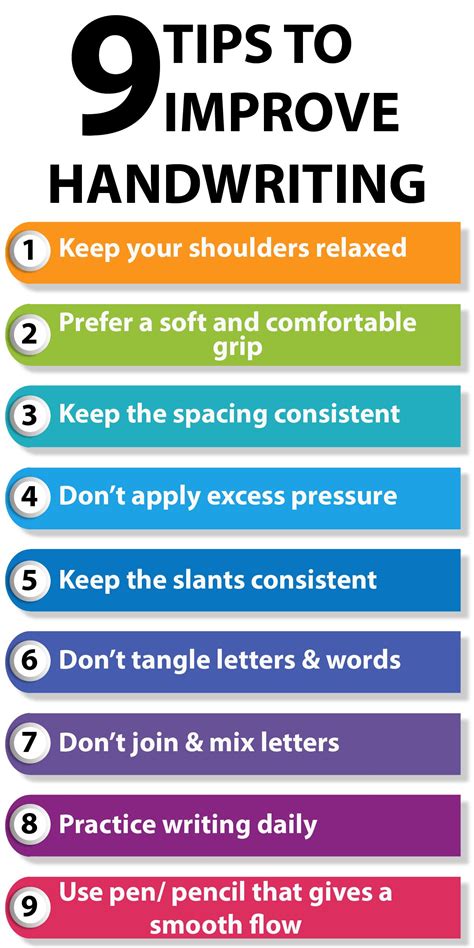How To Improve Your Handwriting: A Step-by-Step Guide
Improving your handwriting is a rewarding journey that can boost confidence and clarity in communication. Whether you're aiming for neater notes or elegant calligraphy, this guide provides practical steps and tips to achieve noticeable progress.
Understanding Your Handwriting Challenges
Before diving into improvement strategies, it's crucial to identify your specific weaknesses. Are your letters inconsistent in size? Do you struggle with spacing? Is your slant uneven? Honest self-assessment is key. Try writing a short paragraph and analyzing it critically. Note down the aspects you find most challenging.
Common Handwriting Issues and Their Solutions:
- Inconsistent Letter Size: Practice writing the alphabet repeatedly, focusing on maintaining uniform height and width for each letter. Use lined paper to guide you.
- Poor Spacing: Consciously increase the space between words and letters. You can use a ruler to help establish consistent spacing initially.
- Uneven Slant: Aim for a consistent slant, either left, right, or vertical. Practice writing entire sentences with a consistent slant.
- Pressure Issues: Experiment with varying pen pressure to find what feels comfortable and produces clear, consistent strokes. Avoid pressing too hard, which can lead to fatigue and illegible writing.
- Shaky Handwriting: If shakiness is a significant issue, consider practicing simple exercises to improve hand-eye coordination and steadiness.
Practical Exercises for Handwriting Improvement
Consistency is paramount. Set aside dedicated time each day, even if it's just for 15-20 minutes, to practice.
1. Alphabet and Number Practice:
Start with the basics. Write the alphabet and numbers repeatedly, focusing on consistent letter formation and spacing. Use different types of pens and pencils to see what feels most comfortable in your hand.
2. Handwriting Worksheets:
Numerous free printable handwriting worksheets are available online. These worksheets often focus on specific letter formations or handwriting techniques, providing structured practice.
3. Sentence and Paragraph Writing:
Progress from individual letters to words, then sentences, and eventually paragraphs. Choose engaging topics to maintain motivation.
4. Calligraphy Practice:
If you aspire to elegant handwriting, explore calligraphy. Start with basic strokes and gradually progress to more complex letter forms. Many online resources offer calligraphy tutorials.
5. Copy Masterpieces:
Find examples of handwriting styles you admire. Try copying passages from books or documents, paying close attention to letter formation, spacing, and overall flow.
Choosing the Right Tools
The tools you use significantly impact your handwriting.
Pen & Pencil Selection:
Experiment with different pens and pencils to find what suits your writing style and grip. Some find fine-liners comfortable, while others prefer ballpoint pens or pencils.
Paper Selection:
Lined paper provides guidance and structure, particularly for beginners. Consider using different paper weights and textures to find what feels best under your pen.
Beyond the Basics: Advanced Techniques
- Improve your posture: Sitting upright with proper posture improves your hand's stability and reduces strain.
- Warm-up exercises: Before each practice session, perform hand and finger exercises to improve dexterity and reduce stiffness.
- Seek feedback: Ask a friend or family member to review your handwriting and provide constructive criticism.
- Maintain consistency: Regular practice is essential for sustained improvement. Even short, consistent sessions are more effective than sporadic, lengthy ones.
By following these steps and dedicating consistent effort, you can significantly improve your handwriting. Remember that progress takes time and patience, so celebrate your achievements along the way. Enjoy the process of transforming your handwriting!
